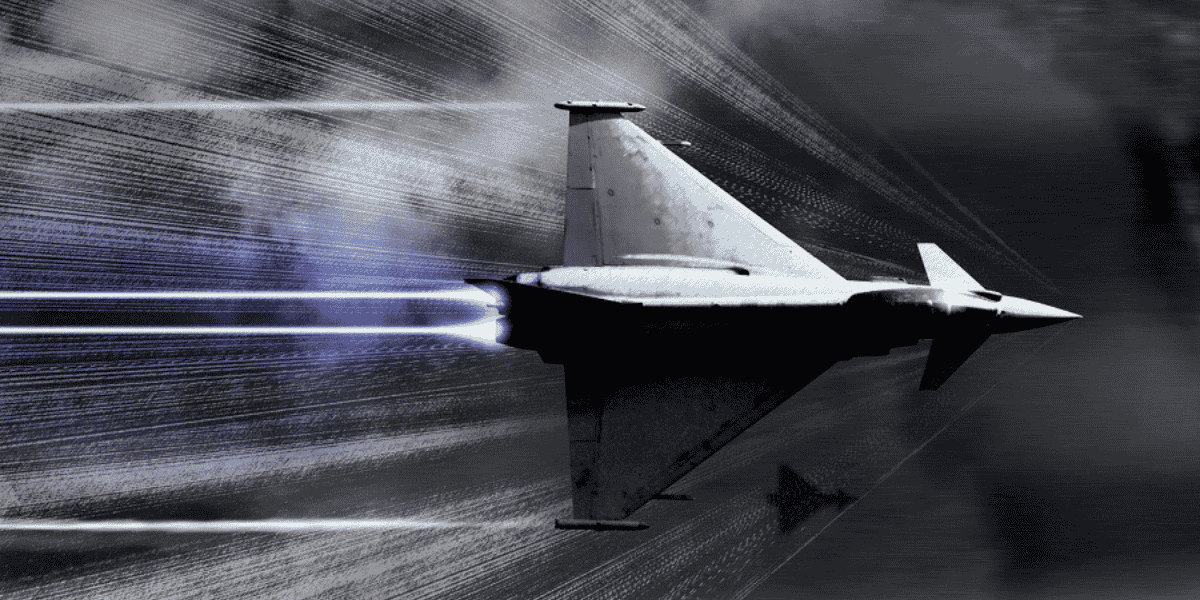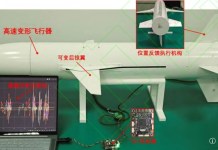On November 20, the EuroDASS consortium, responsible for developing the Praetorian self-defense suite for the Eurofighter Typhoon, unveiled details about its next-generation electronic warfare capabilities. These capabilities will future-proof the Typhoon aircraft against emerging threats well into 2060 and beyond.
Designed to improve situational awareness and increase survivability, the new system will play a key role in maintaining the Typhoon’s status as a powerful combat aircraft in an evolving defense landscape.
The consortium, consisting of Leonardo (UK), ELT Group (Italy), Indra (Spain), and Hensoldt (Germany), in partnership with systems integrator BAE Systems, is working on this system as part of an effort dubbed Typhoon Next Generation initiative.
The company pointed out that the new system will serve as a form-fit retrofit option for Typhoon’s existing Defensive Aids Sub-System (DASS), currently known as Praetorian, named after the elite Roman bodyguard corps.
The retrofit will not alter the aircraft’s outer mold line, ensuring no impact on the current flight envelope. This means minimal clearance adjustments and seamless integration into both newly constructed aircraft and existing platforms, making the system highly adaptable.
The new system is expected to enhance the Typhoon’s ability to operate in increasingly complex and contested environments, particularly against advanced Integrated Air Defense Systems (IADS).
The consortium said it has already completed key milestones, including the successful “Praetorian eVolution” concept phase and flight trials of component technologies.
In 2023, digital receiver and band extension technologies were successfully tested on a prototype aircraft. Flight trials in 2024 saw the system successfully deployed on an operational Eurofighter Typhoon, providing crucial data on its performance against representative threat scenarios.
With this next-generation system, the Typhoon will be “more capable and survivable” and more operationally available, meeting the long-term needs of air forces across “Europe and the Middle East for decades to come.”
Meanwhile, the current Praetorian system, which is already an integral part of the Typhoon’s defensive capabilities, is being further enhanced as part of the Phase 4 Enhancement program. This four-nation initiative focuses on improving the integration between the platform’s new AESA radar variants and the self-protection suite.
How Capable Is Typhoon’s Next-Gen EW System?
The EuroDASS consortium has provided an overview of the advanced features of the next-generation electronic warfare system developed for the Eurofighter Typhoon.
One of the system’s key elements will be its ability to perform complex threat characterization. This will allow the aircraft to identify and assess multiple types of threats accurately.
Additionally, the system will feature digital radio frequency memory capabilities, improving the aircraft’s ability to manage various electronic warfare scenarios.
Another vital component will be the provision of interfaces for an external, high-powered electronic attack pod. This pod would be crucial in the Suppression of Enemy Air Defence (SEAD) missions, enabling Typhoons to effectively neutralize hostile air defense systems.
Furthermore, the new self-protection technology seamlessly integrates with the Typhoon’s upgraded active electronically scanned array (AESA) radar.
The collaboration between the radar and the self-protection suite will enhance the Typhoon’s ability to detect, track, and neutralize threats at longer ranges, offering pilots a major tactical advantage.

Regarding data handling, the system will leverage a high-speed, high-bandwidth infrastructure capable of transmitting raw signal data to an advanced central processing hub. This will allow for real-time processing and enable pilots to simultaneously identify and prioritize multiple complex threats.
The improved data flow will also extend the operational range at which these threats can be detected and countered, ensuring Typhoon remains effective even in highly contested environments.
The introduction of cognitive electronic warfare techniques is an innovative aspect of the system. These techniques involve applying artificial intelligence (AI) and machine learning (ML) to analyze high-fidelity data captured during missions.
“Cognitive Electronic Warfare (CEW), using AI and machine learning, will exploit the high-fidelity data captured and respond to new threats as they emerge,” the statement read.
These advanced technologies will enable the system to respond in real-time, adapting and learning from each encounter to improve defense mechanisms autonomously.
- Contact the author at ashishmichel(at)gmail.com
- Follow EurAsian Times on Google News




